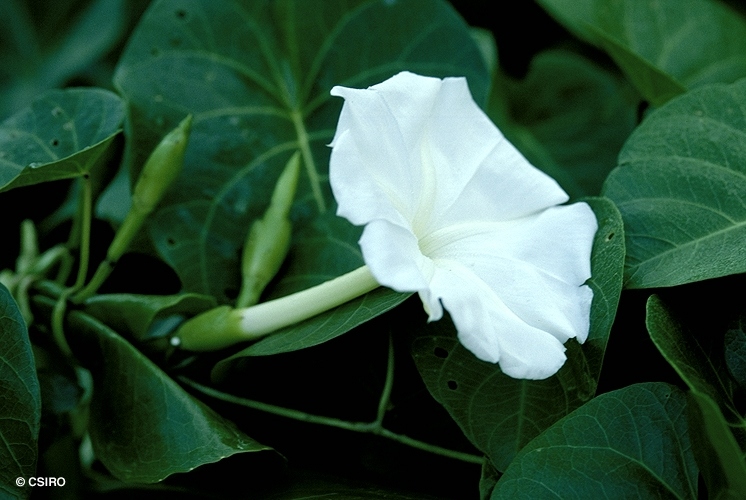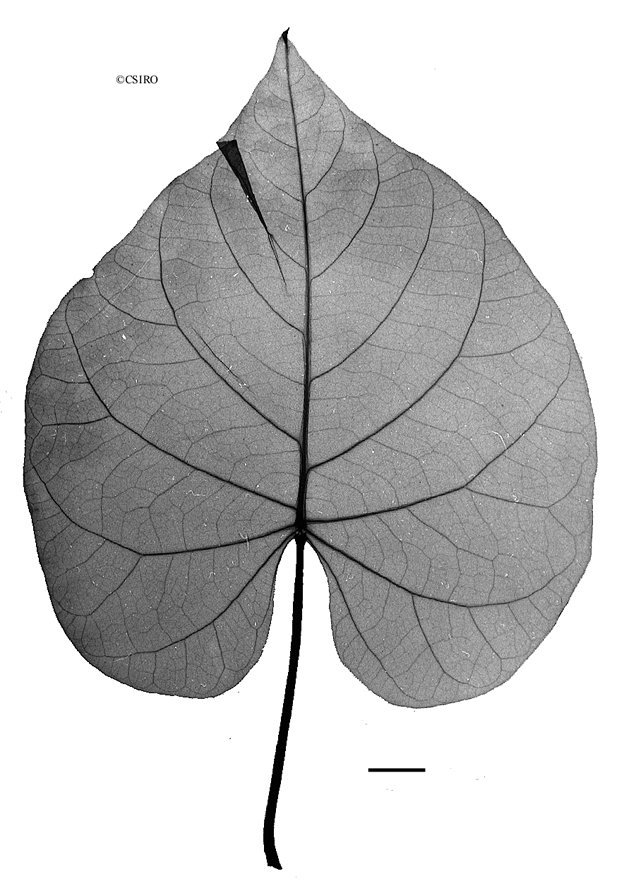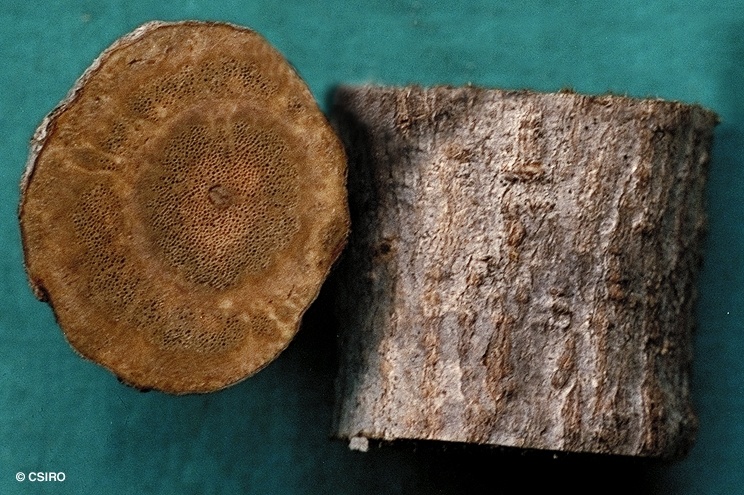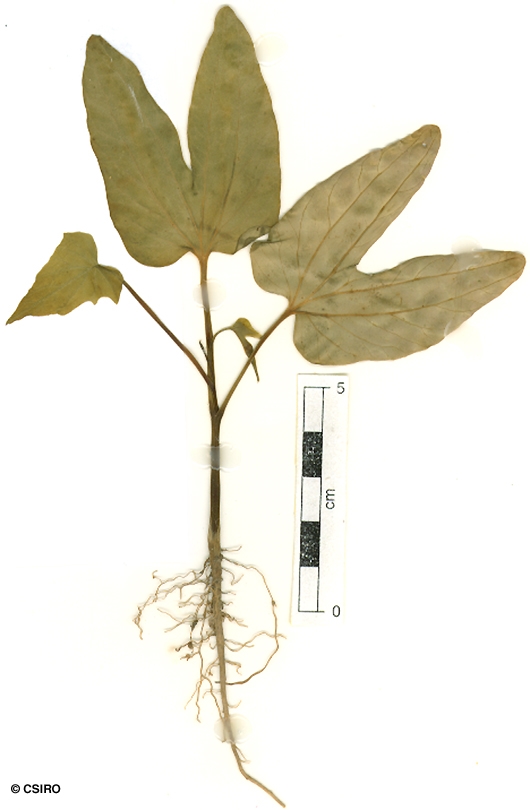Australian Tropical Rainforest Plants - Online edition
Ipomoea violacea L.






Linnaeus, C. von (1753) Species Plantarum 1: 161. 1753. Type: Habitat in America meridionali. Lectotype designated by Manitz in Feddes Repert. 88 : 268, t. 34 (1977).
Morning Glory
Fruits rather papery, about 20-30 mm diam. Calyx lobes persistent at the base and spreading like the petals of a rose. Seeds about 4-6 per fruit, each seed slightly depressed globose, about 8-11 mm diam., densely clothed in short dark hairs except for a ring of white hairs about 5 mm long around the equator. Cotyledons folded in a complex fashion.
Features not available.
Occurs in WA, NT, CYP, NEQ, CEQ and southwards to south-eastern Queensland. Altitudinal range in northern Queensland not very great, from near sea level to 100 m. Restricted to maritime situations, growing in beach forest, monsoon forest and rain forest. Also occurs in tropical America, tropical East Africa, Asia, Malesia and the Pacific islands.





